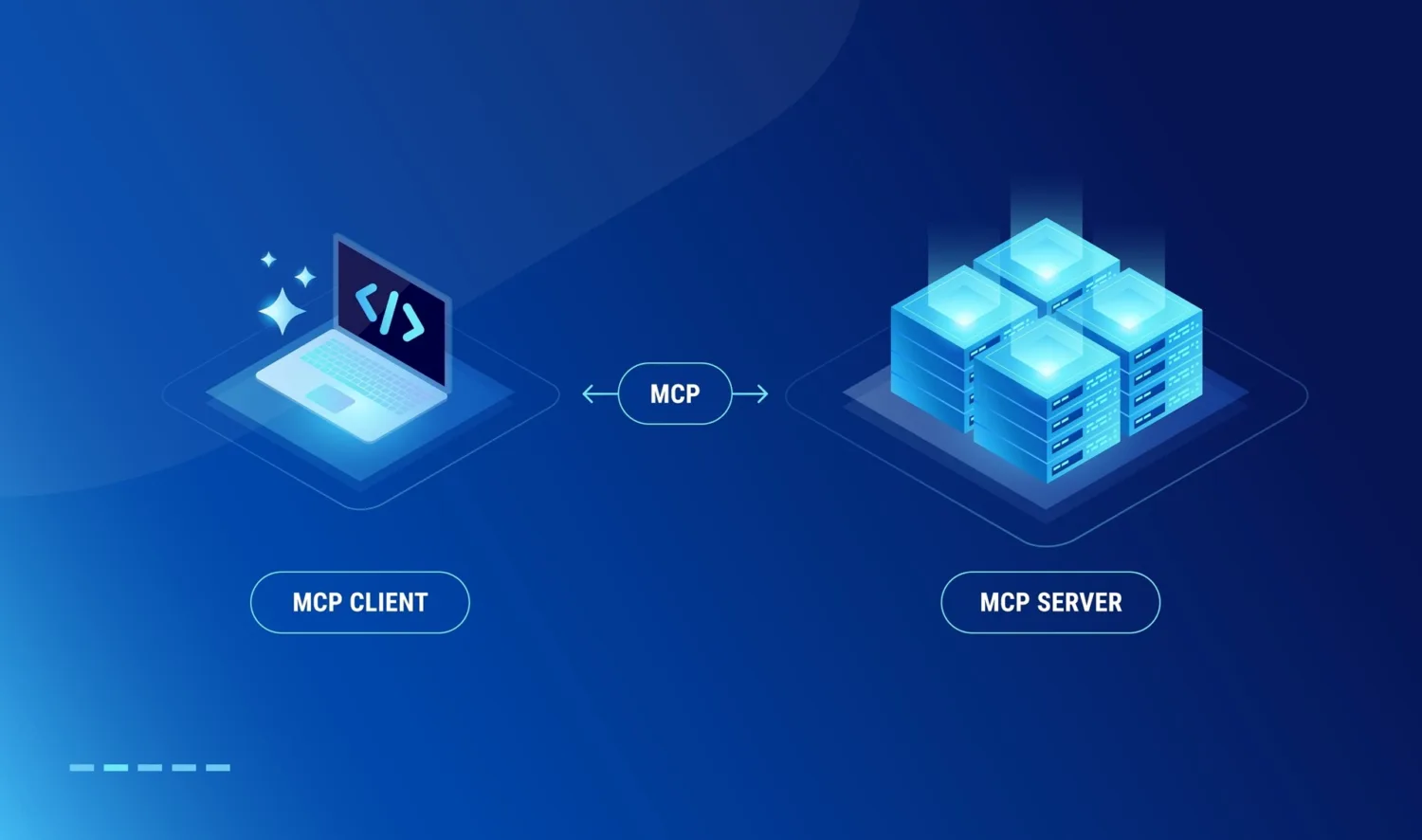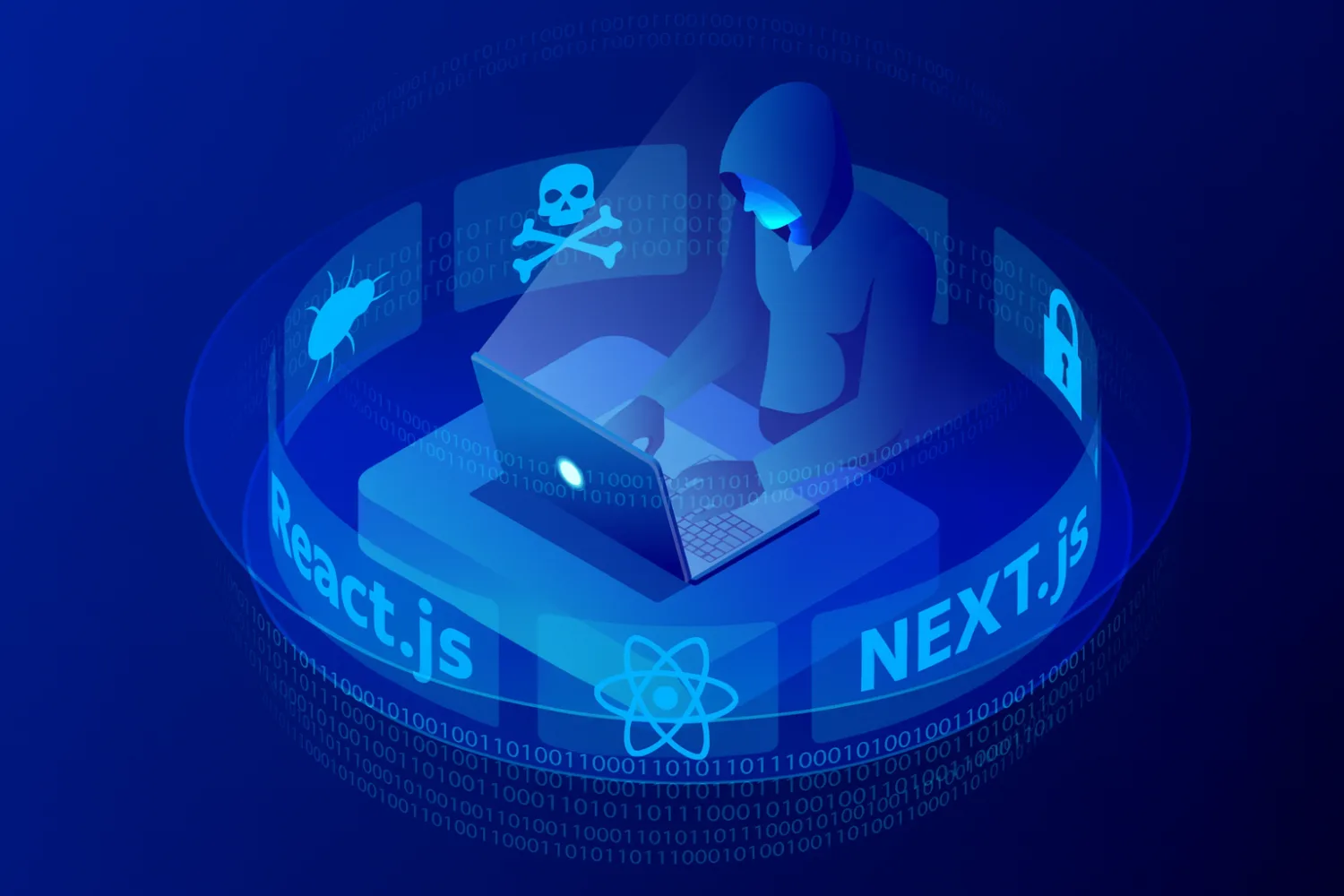The Art of Prioritization in Application Security Posture Management

In the rapidly evolving digital world, where threats can emerge at any moment, maintaining a robust application security posture is paramount for organizations. However, not all security vulnerabilities are created equal. Effective prioritization of findings and vulnerabilities is crucial in an Application Security Posture Management (ASPM) program. This blog explores why prioritization is essential, how to do it effectively, and the tools that can help.
Why Prioritize?
Prioritization helps organizations focus their resources on the most critical issues that could have the highest impact on their operations. It prevents the common pitfall of spreading resources too thin across too many problems, which often results in minor issues being addressed while leaving major vulnerabilities open.
Understanding the Risks
The first step in prioritization is understanding the risks associated with each vulnerability. Not all vulnerabilities pose the same level of risk to every organization; what might be critical for one might be less so for another depending on factors such as the environment, data sensitivity, and business context. Therefore, assessing the severity of vulnerabilities in the context of your specific business environment is essential.
The Role of Threat Intelligence
Threat intelligence plays a vital role in prioritization by providing insights into the latest security threats and vulnerabilities. This information helps security teams understand which vulnerabilities are being actively exploited in the wild and which ones could potentially harm their organization. Leveraging threat intelligence can help teams prioritize vulnerabilities based on actual risk rather than theoretical severity.
Prioritize to Maximize Impact through Correlation
Once the most critical risks are addressed, it’s important to consider the number of findings associated with each vulnerability. Tackling issues that are high and medium in risk but have a large number of related findings can significantly reduce the overall security debt. Additionally, if multiple tools report the same finding, this correlation can indicate a higher probability of identifying the root cause, facilitating a more straightforward resolution process.
Prioritization Frameworks
Several frameworks can aid in the prioritization process. The Common Vulnerability Scoring System (CVSS) provides a way to capture the principal characteristics of a vulnerability and produce a numerical score reflecting its severity. However, CVSS scores should be considered alongside other factors, such as asset value, exposure, and exploitability in the organization’s specific context.
Tools and Technologies
Various tools and technologies can assist in the prioritization of vulnerabilities. Application Security Posture Management (ASPM) platforms can automate the process of vulnerability management and response. Additionally, Application Security Testing (AST) tools like static application security testing (SAST), dynamic application security testing (DAST), and interactive application security testing (IAST) provide detailed insights into application vulnerabilities.
Integrating into DevOps: DevSecOps
Integrating security into the DevOps process, forming DevSecOps, ensures that vulnerabilities are identified and mitigated early in the software development lifecycle. This integration facilitates continuous feedback and rapid remediation, allowing for more efficient prioritization and resolution of vulnerabilities.
Best Practices
- Regular Assessments: Conduct regular (and automated) security assessments to stay updated on the security posture and discover new vulnerabilities
- Customized Risk Scoring: Adapt risk scoring systems include factors unique to your business environment
- Stakeholder Engagement: Involve stakeholders from various departments to understand the business impact of security vulnerabilities
- Continuous Monitoring: Implement continuous monitoring tools to detect and respond to new threats quickly
Conclusion
Prioritizing vulnerabilities in an Application Security Posture Management program is not just about managing risks; it’s about aligning security efforts with business priorities to safeguard valuable assets effectively. By understanding the risk landscape, using the right tools, and integrating security practices throughout the organization, businesses can ensure they are prepared to face the security challenges of today and tomorrow. This approach not only enhances security, but also supports sustainable business growth in a digitally dependent world.
Learn more
Check out our blog on “Prioritizing Remediation Based on Risk” for greater insight into about ArmorCode’s approach to adaptive risk scoring, or request a demo to see it firsthand.


